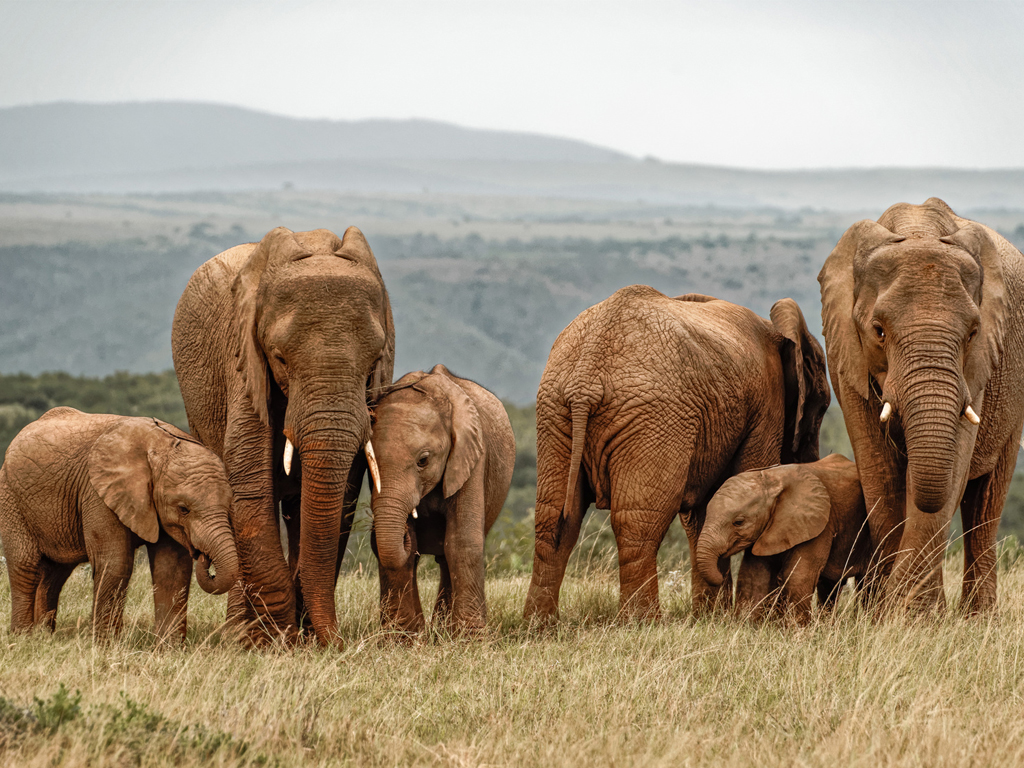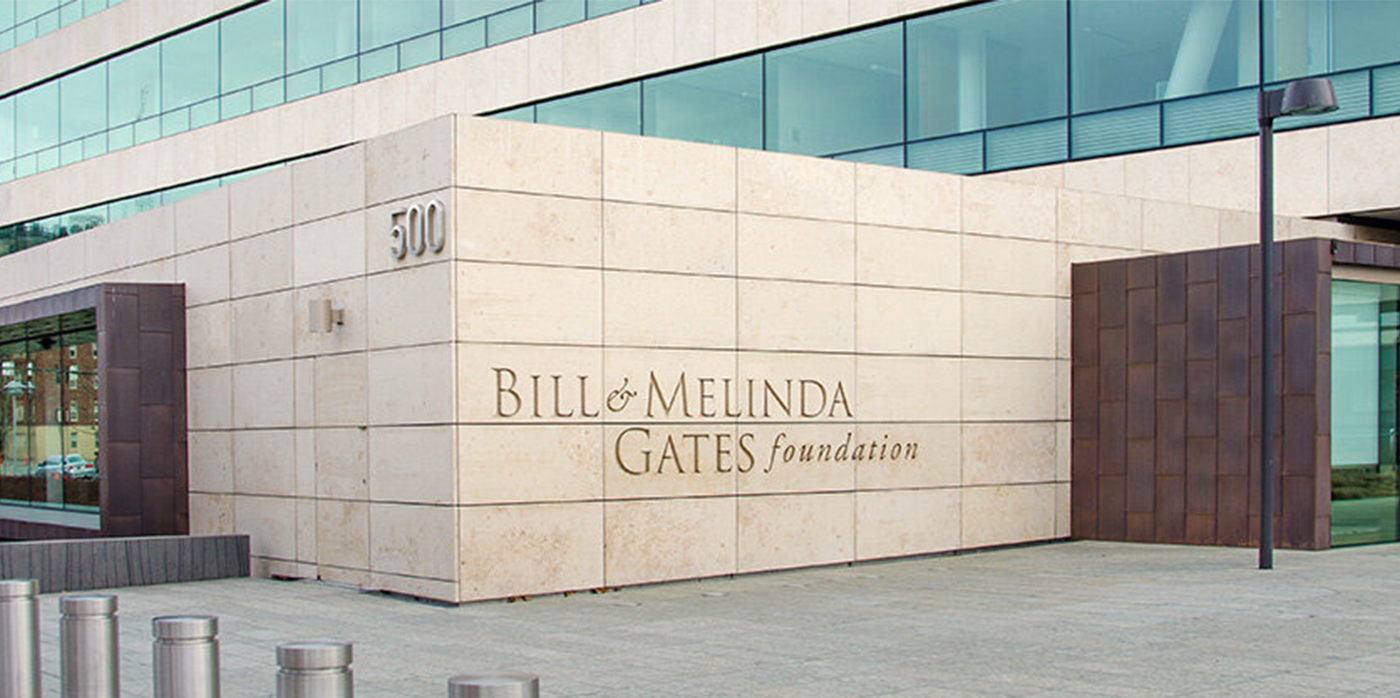Africa accounts for a staggering 19% of all seizures of illegal wildlife materials worldwide, with virtually all of the seizures having been made in the sub-Saharan subregion, according to the latest World Wildlife Crime Report 2024.
In terms of global trade flows, a majority of seizures — 44% of all records — between 2015–2021 was made up of shipments originating in sub-Saharan Africa and South Asia, underscoring their status as one of the most common sources of trafficked wildlife, says the study recently released by the Vienna-based United Nations Office on Drugs and Crimes (UNODC). Among the species groups targeted, pangolins bore the brunt with a staggering 32% share, highlighting the dire plight of these endangered creatures. Other animals ranked among among the five top species seized during this period were elephants and carnivores illegally traded as scales, meat, bodies and also as live specimens, exposing the sheer breadth and depth of the crisis.
The UN report has also found that while there was a large share of rosewood timber seizures in Asia, there was a smaller proportion in Africa where it did not make one of the top five species groups seized. Coral, crocodilian and snake items were more prominent in the other three regions, with parrots and cockatoos prominent in the Americas and bivalve mollusks in Oceania. The data highlights sub-Saharan Africa as a hotbed for illegal wildlife trafficking, illicit trade routes and clandestine operations fueling the multi-billion-dollar industry. The study, conducted in collaboration with the International Consortium on Combating Wildlife Crime (ICCWC), which includes key stakeholders like Cites, Interpol, the World Bank, and the World Customs Organization, sheds light on the scale and scope of wildlife trafficking in the region.



